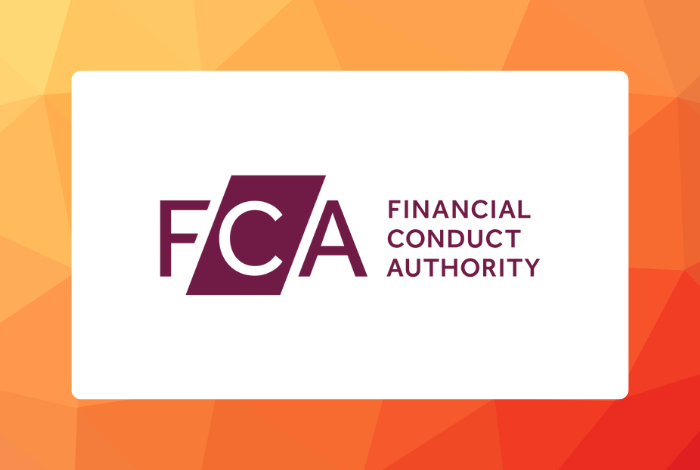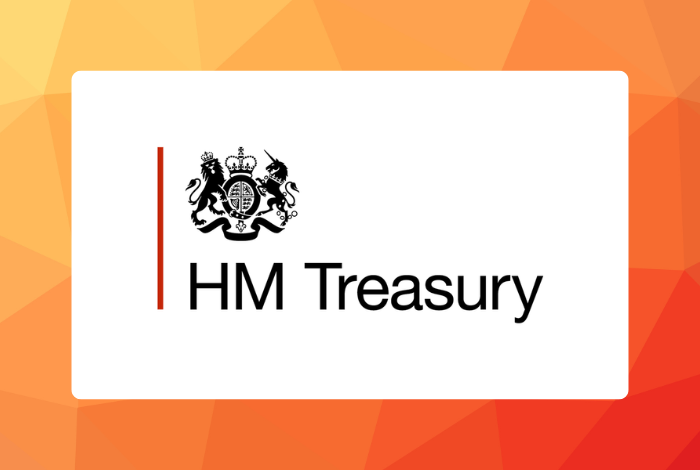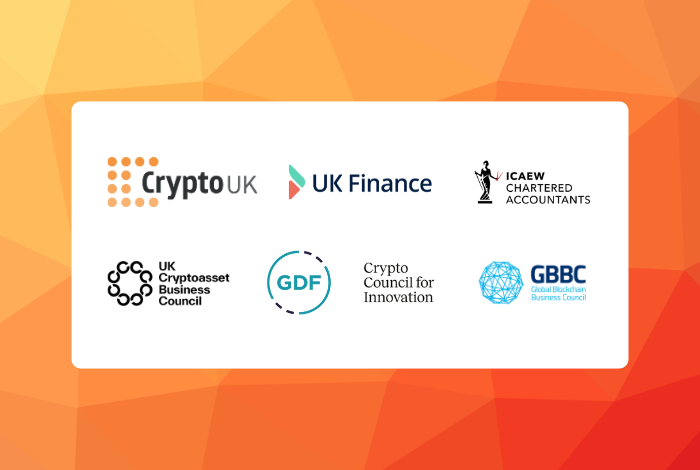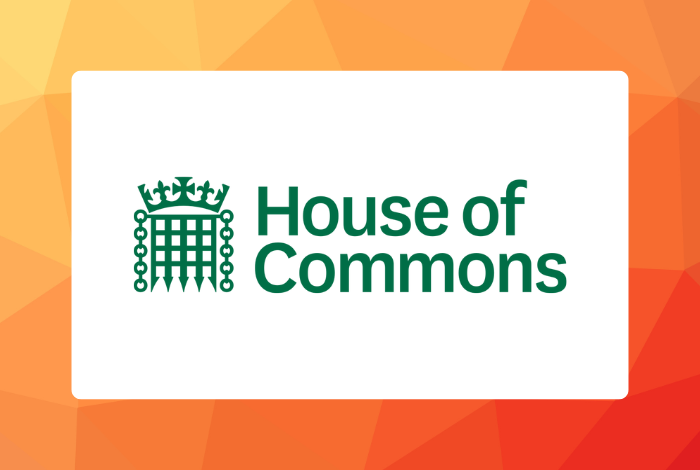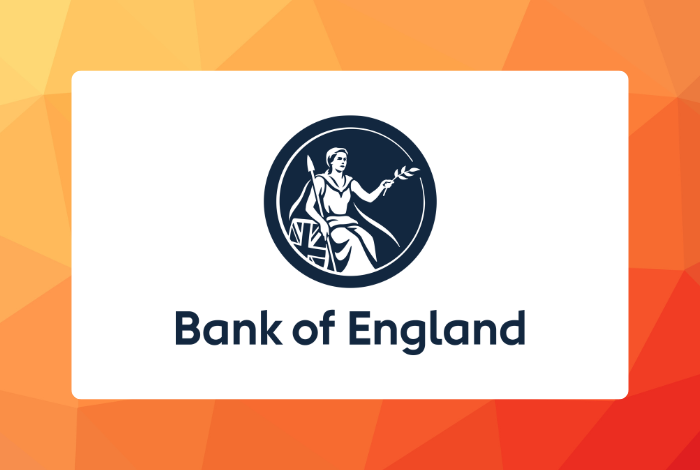
CryptoUK (CUK) and its members welcome the opportunity to input to the committee’s inquiry in regards to the call for evidence on Central Bank Digital Currencies (CBDCs). You can read the full response below, or download a PDF copy here.
CUK is the United Kingdom’s (UK) trade body for the cryptoasset industry. We believe in the transformative potential of digital and cryptoassets and the underlying blockchain technology. We promote accountable self-governance whilst advocating for fit-for-purpose legislation and regulatory frameworks for crypto and digital assets in the UK. We achieve our vision by establishing and fostering productive partnerships between digital and cryptoasset industry participants with legislatures, policymakers, and regulatory agencies to educate and nurture an environment that fosters innovation, job creation and investment.
As an introduction we are aware CBDC’s are a hot topic at present, the majority of the community consider CBDC separate to the standard cryptoasset taxonomy as described by the UK government in the joint Crypto Assets Task Force, which was established in 2018. The industry wholly agrees with the current taxonomy of payment or exchange tokens, utility tokens or security tokens.
However, in recent years we have seen the rapid growth of private stablecoins. This has subsequently focussed governments and central banks to consider public stablecoins or what is commonly referred to as CBDC’s. We do not see CBDC’s as a cryptoasset as described above. Stablecoins are a new fourth separate class. In March 2020 HM Treasury closed their consultation on the UK’s regulatory approach to cryptoassets and stablecoins. This consultation proposes a separate regulatory regime for private stablecoins similar to electronic money. We are largely in agreement to this. Please see our public consultation response here.
Rather than answer each of the questions posed individually for the purpose of this call for evidence, I will draw the committee’s attention to the main issues as CUK sees it. I also reference our response to the Bank of England (BOE) discussion paper Central Bank Digital Currency: Opportunities, challenges and design (June 2020).
The following are some short views from our community. I suggest the committee actively engages with the “Digital Pound Foundation” of who we know actively engage in good work both in terms of thought leadership and also practical solutions to a UK based CBDC.
Furthermore, we are aware of a number of market participants that are involved in the BOE’s CBDC Engagement and Technology groups. We question the overall effectiveness of this forum. We understand that there is a lack of diversity of viewpoints or representation from non-traditional sectors of the industry. In particular the engagement group, where many of the participants are high-level (C-suite) staff from traditional institutions. Therefore, we feel it would be interesting to see what they can meaningfully contribute in practice. A C-suite executive from a bank is not the same as CEO of a fintech or start up in the blockchain arena as they are a lot further from the “coalface” and there is a danger that this will just turn into a lobbying group.
Design Features
- Token based versus account based
- Token based blockchain solutions are most successful when there is a greater requirement for full decentralisation. As this will not and should be the case with a Fiat CBDC we feel an account based option best suits a CBDC. Alternatively, we suggest a token based system that does not live on a blockchain or distributed ledger (see link to SNB research paper detailed below)
- Retail versus wholesale
- Here we pose a very important question in respect of disintermediation within the retail sector. Would I prefer a risk free loan to the central bank than a deposit at Northern Rock? Yes of course I would. Every bank has an element of credit risk whereas the lender of last resort does not.
- However, fractional banking allows for economic growth through loans to individuals and corporations.
- Wholesale designs are very intriguing and wide reaching.
- Monetary policy mechanisms can be improved in terms the speed to react to macro economic events.
- Central banking cross border operations. During the credit crunch the London markets were unable to fund in USD. There were large consequences to many market participants to this shortage of USD liquidity.
Benefits
- Programmable money
- We feel that the consensus is that there is no debate that is a major benefit or a design benefit of CBDC.
- Government financial support programs can be delivered in real time to the correct wallet.
- Taxation collection.
- Smart contracts can self execute removing human intervention (overheads reduced and human error removed.
Risks
- Privacy is a major concern. Financial freedoms and a certain degree of anonymity is paramount to any democracy. We point to China’s progessive development of a CBDC. We understand this motivation is born out of increased state control (monitoring / capital controls) and not of improving payments systems, financial freedoms or delivery of governments for eg.
- New forms of digital payments are paramount to the success of UK Plc. However, we must tread carefully and ensure a balanced approach is taken. I refer to a research paper out of theSwiss National Bank (SNB) which proposes a solution with privacy preserving features embedded within “blind signature” cryptography.
We would be delighted to answer any further questions the committee may have on CBDCs or the wider crypto and digital asset industry and to assist the committee in its inquiry.

